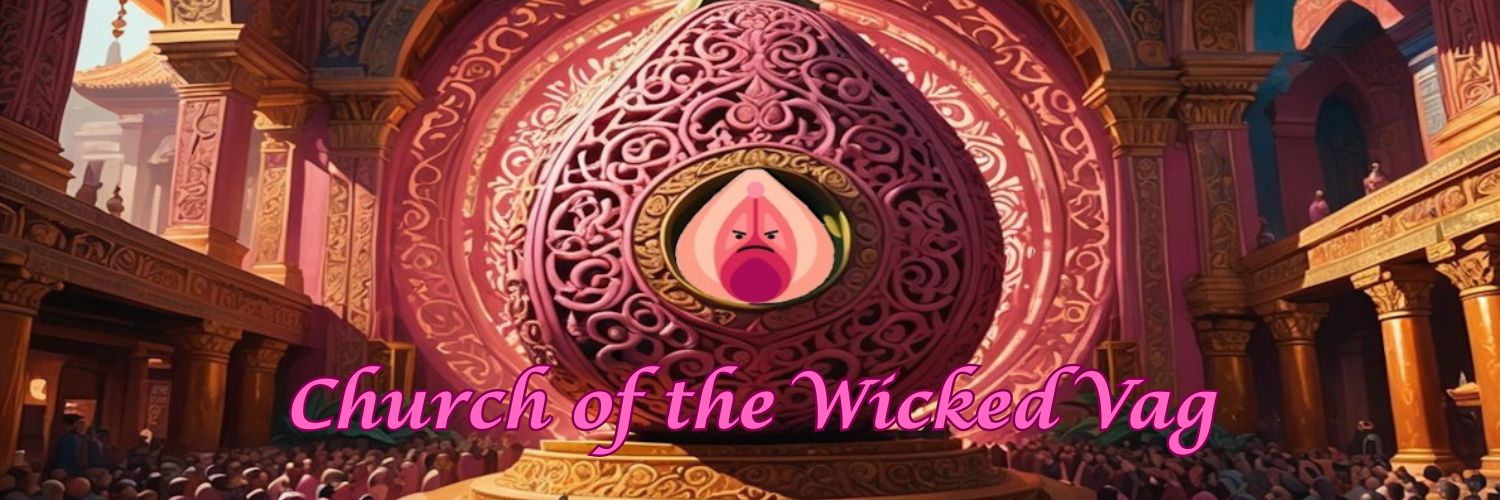The Divine Feminine
A History of Goddess Worship Through the Ages
Throughout human history, the veneration of the feminine divine has represented one of humanity's oldest and most persistent spiritual practices. Archaeological evidence reveals that goddess worship dates to prehistory and continues in various forms to the present day. While patriarchal religious systems often overshadow or suppress the divine feminine, the sacred feminine has endured as a powerful symbol of creation, fertility, wisdom, and compassion.
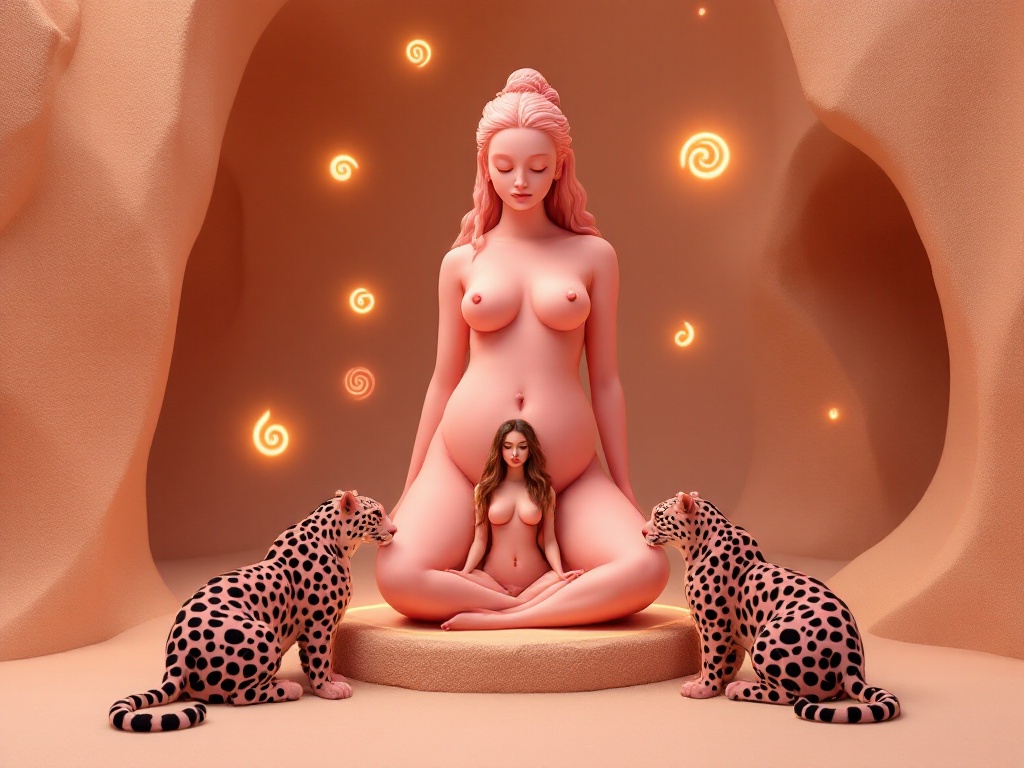
Prehistoric Origins of Goddess Worship
The archaeological record provides compelling evidence that goddess worship represents humanity's earliest religious expressions. Figurines such as the Venus of Willendorf (c. 25,000 BCE) and other "Venus figurines" found across Paleolithic Europe depict voluptuous female forms, emphasizing fertility, abundance, and the generative powers of the feminine. These objects were likely used in ritual practices honoring the Great Mother, a primordial symbol of nature's cycles of birth, death, and rebirth.
In Neolithic societies, particularly in regions such as Anatolia (modern-day Turkey), the Levant, and Old Europe, archaeologists have uncovered temples and shrines dedicated to goddesses. Catalhöyük (c. 7500 BCE), one of the oldest urban settlements, contains abundant imagery of a seated Mother Goddess flanked by leopards, suggesting her association with power and protection. Marija Gimbutas, a pioneering archaeologist, argued that Old European civilizations were matrifocal and centered around goddess worship before being displaced by Indo-European patriarchal systems.

Goddess Worship in Ancient Civilizations
By the time organized civilizations emerged in Mesopotamia, Egypt, the Levant, Greece, Rome, and other regions, goddess worship had become integrated into complex religious systems. In Sumer, Inanna (later Ishtar in Akkadian culture) was revered as the goddess of love, war, fertility, and sovereignty. Her mythological descent into the underworld and resurrection symbolizes transformation and the cyclical nature of life.
In ancient Egypt, goddesses such as Isis, Hathor, and Ma'at played crucial roles. Isis, in particular, was worshipped as the ideal mother and wife, a healer, and a magician who resurrected Osiris. Her cult spread throughout the Greco-Roman world, influencing later depictions of the Virgin Mary.
The Levantine goddess Asherah, sometimes referred to as the "Queen of Heaven," was once worshipped alongside Yahweh before being suppressed in biblical texts. She represented fertility and was symbolized by sacred trees and poles (asherim).
Greek and Roman pantheons included powerful goddesses such as Athena, Aphrodite, Demeter, Artemis, Hera, and Hestia. While often portrayed within patriarchal frameworks, these goddesses retained attributes of wisdom, sovereignty, sexuality, and protection.
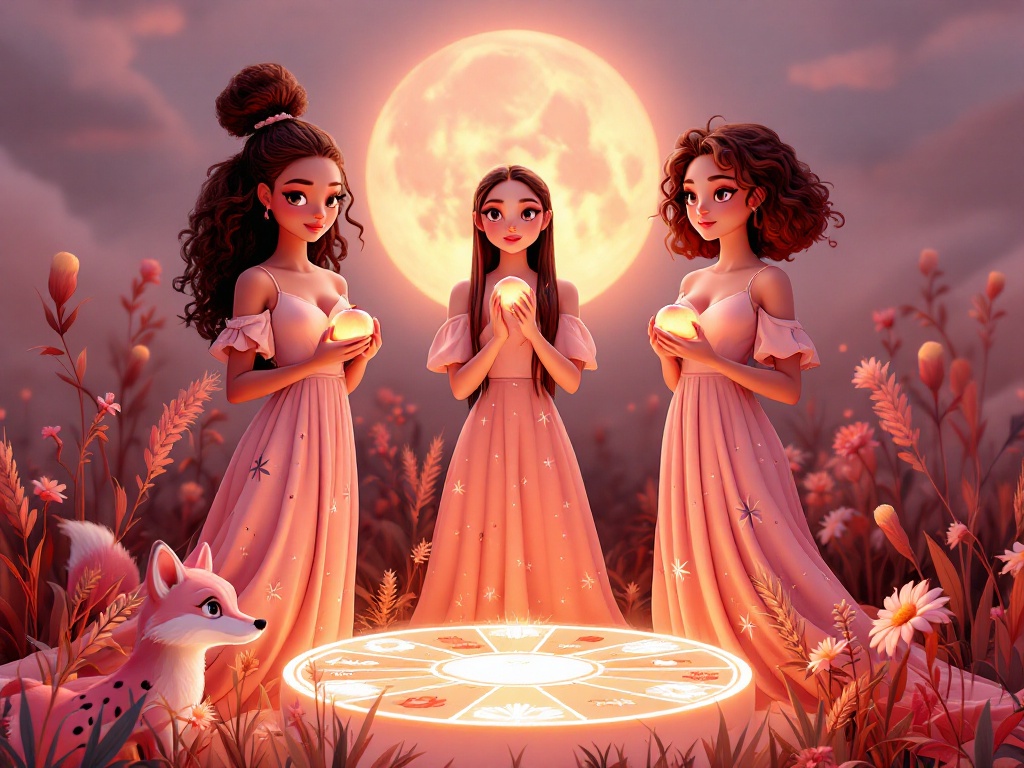
The Holy Grail and Feminine Symbolism
The Holy Grail tradition represents one of the most significant preservations of feminine divine symbolism within a Christian context. While Christian mythology often centers around male figures, the Grail legends—particularly in medieval and esoteric traditions—point toward an alternative spiritual lineage.
Some interpretations of the Grail suggest it symbolizes the womb of the goddess or the sacred chalice of feminine creative power. The Grail quest is then not only a journey for divine revelation but a rediscovery of the lost feminine principle in the spiritual domain.
Modern authors such as Margaret Starbird and Dan Brown (in *The Da Vinci Code*) have popularized the idea that Mary Magdalene was not a mere follower of Jesus but his consort and a priestess of the sacred feminine. This reinterpretation challenges traditional church doctrines and opens avenues for reclaiming goddess-centered spirituality.
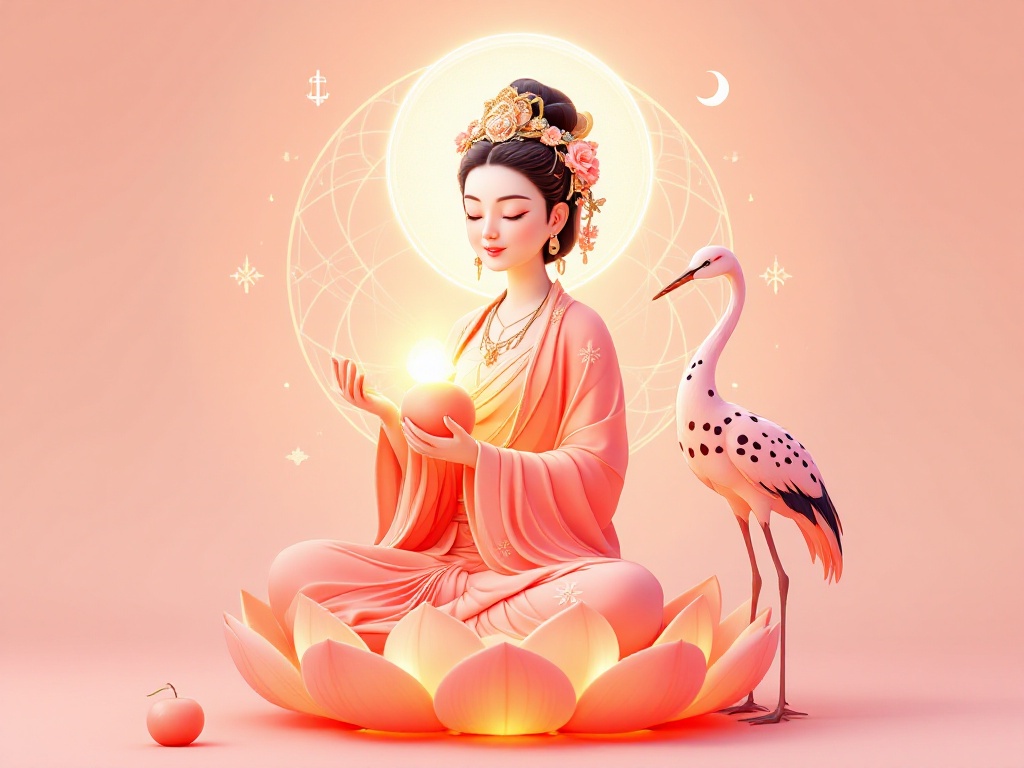
The Modern Goddess Movement and Contemporary Revival
The late 20th century witnessed a significant revival of explicit goddess worship, emerging primarily as a reaction against religions that exclusively featured male deities and hierarchies. This movement drew from historical traditions, archaeological findings, feminist theology, and neopagan practices.
Figures like Starhawk, Z Budapest, Carol P. Christ, and others were instrumental in articulating a spiritual framework centered around the divine feminine. The Goddess movement emphasized immanence (the divine within nature), the sanctity of the body, and the interconnectedness of life. Rituals often celebrated the Wheel of the Year, lunar cycles, and women's mysteries.
Goddess spirituality offered not only a theological alternative but a means of personal empowerment, particularly for women seeking autonomy and connection in a patriarchal society.
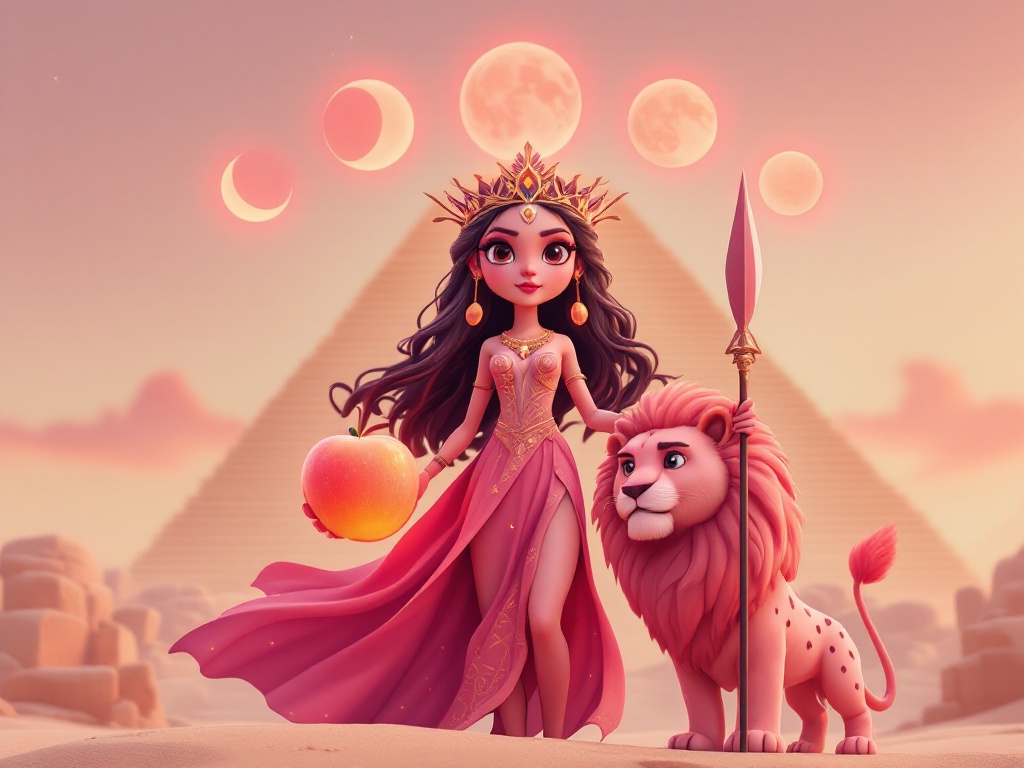
The Divine Feminine Across World Religions
While the explicit worship of goddesses has sometimes diminished in official religious doctrine, feminine divine symbolism has persisted in various forms across world religions. In Hinduism, goddesses such as Kali, Durga, Lakshmi, and Saraswati are venerated in both philosophical and folk traditions. Shakti, the cosmic feminine energy, is regarded as the dynamic force behind all creation.
In Buddhism, female bodhisattvas such as Tara embody compassion and protection. The figure of Kuan Yin (Guanyin) in East Asian Buddhism is revered as a compassionate savior and often merges with local mother goddess traditions.
Christianity, despite its patriarchal structure, contains traces of the divine feminine in the figure of the Virgin Mary, the Holy Spirit (sometimes seen as a feminine force), and female saints and mystics. The cult of the Black Madonna, found in various parts of Europe, is thought to preserve older goddess traditions under a Christian veneer.
Conclusion: The Enduring Legacy of the Divine Feminine
The history of goddess worship reveals a continuous tradition that has adapted to changing social, political, and religious circumstances throughout human history. Whether as a Great Mother, a fertility deity, a warrior queen, a mystic healer, or an embodiment of love and wisdom, the divine feminine has served as a vital counterbalance to patriarchal systems and a source of inspiration for countless people.
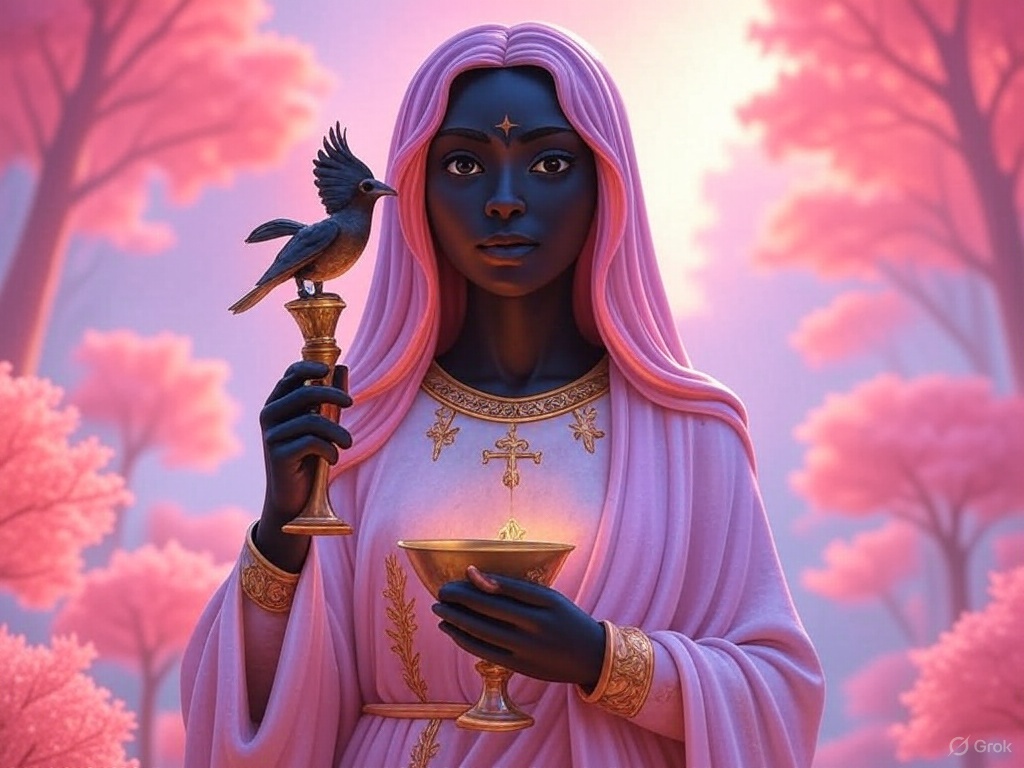
Today, the revival of goddess traditions speaks not only to a spiritual hunger but to a collective yearning for balance, justice, ecological awareness, and the re-sacralization of the body and the Earth. The divine feminine remains a powerful symbol of transformation, resilience, and the sacredness of life.
